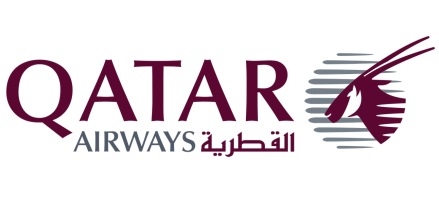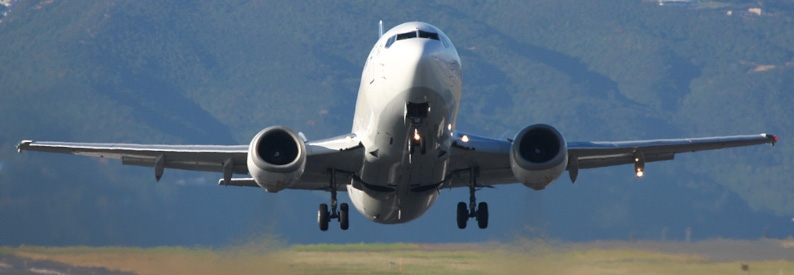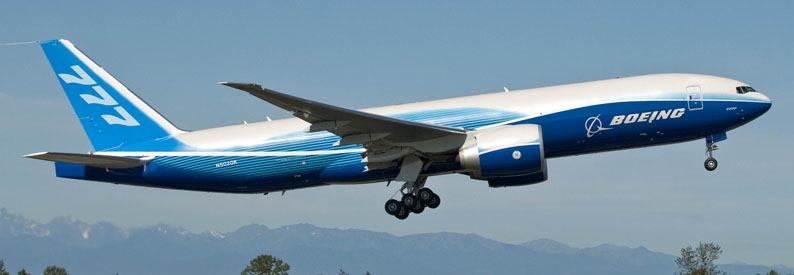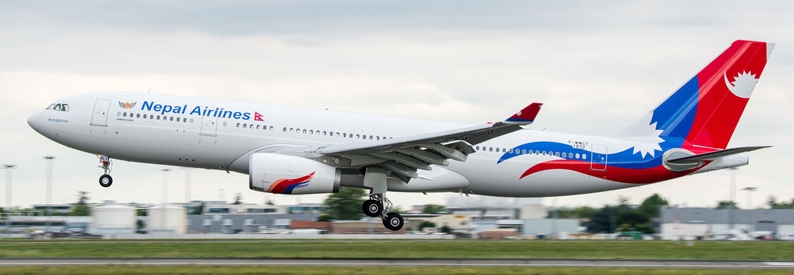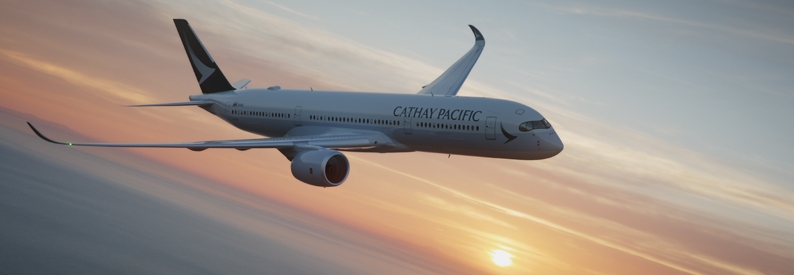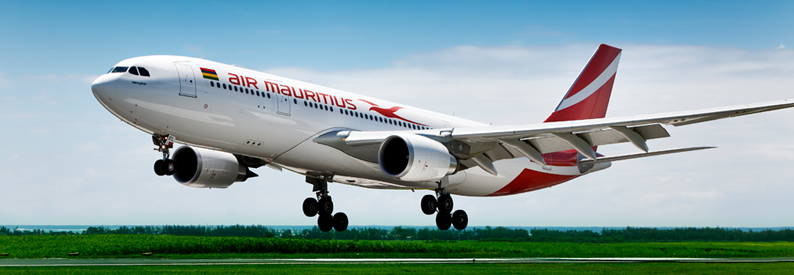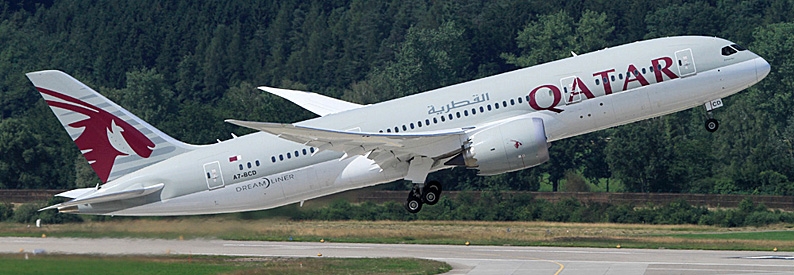Qatar Airways (QR, Doha Hamad International) has attempted to maintain regular flight operations despite the closure of the Bahrain, Jeddah (Saudi Arabia), Egypt, and Emirates (UAE) Flight Information Regions (FIR) to its traffic.
Yesterday, Bahrain, Saudi Arabia, the UAE, and Egypt severed all diplomatic ties with Qatar citing its support for "terrorist organizations". An air embargo has also been imposed on any Qatar Airways/Qatari-registered aircraft attempting to transit any of the four Arab nations' airspaces.
ch-aviation analysis of Flightradar24 ADS-B data indicates that despite the embargo, Qatar Airways has resorted to an El Al Israel Airlines-esque means of carrying out its service obligations i.e. employing significant route deviations in order to avoid unfriendly airspace. It is recalled that Qatar does not have its own FIR. The airspace around the peninsula state is controlled by Doha Radar up to around FL 250 (i.e. 25,000 feet ASL). From there upwards, air traffic control rests with Bahrain. As such, inbound and outbound Doha traffic is keeping to below the threshold of 25,000 feet upon entering/exiting Iranian airspace. Located due north across the Arabian/Persian Gulf, Iran is Qatar Airways' only remaining conduit to international markets.
As it stands, outbound traffic from Doha Hamad International is, for the most part, heading North North East to the RAGAS waypoint before entering the Tehran FIR. From there, Qatar Airways traffic heads west to North Africa, Europe, and North America transiting Iranian and eventually Turkish airspace. All outbound traffic heading to the rest of Africa, Asia, and Oceania is routed east and, again, uses the Tehran FIR. At Gheshm, flights to Africa, Southeast Asia, and Oceania turn south heading into Omani airspace and around the Arabian peninsula before traveling onwards to their respective destinations.
Traffic inbound to Doha Hamad International follows a similar pattern with flights arriving from Africa, Southeast Asia, and Oceania entering the Gulf via the Oman FIR before eventually reaching Qatar via the Tehran FIR. Flights from Europe, North America, and North Africa return via Turkey and Iran before heading into Doha via the MIDSI waypoint for the most part.
It is recalled that with all flights to Saudi Arabia, the UAE, Egypt, and Bahrain now suspended, Qatar Airways has an additional weekly capacity surplus of almost 80,000 seats. Multiple Qatar Airways aircraft are therefore expected to be parked in the coming weeks should the diplomatic standoff between the Arab states persist.
Regional Arabic media indicate Qatari ruler Sheikh Tamim bin Hamad Al-Thani has already engaged Kuwait's Sheikh Sabah Al-Ahmad Al-Jaber al-Sabah to help mediate and ultimately resolve the crisis. Kuwait, like Oman, has taken a neutral stance in the stand-off.
- Type
- Base
- Aircraft
- Destinations
- Routes
- Daily Flights
